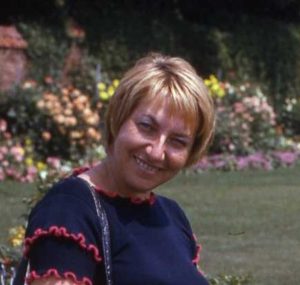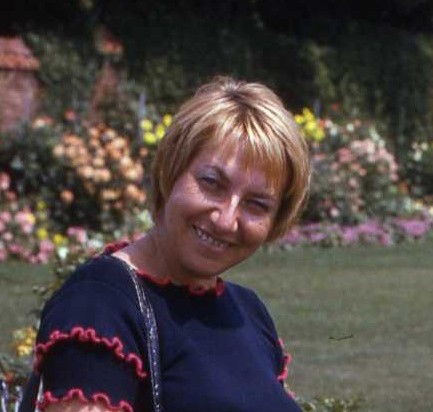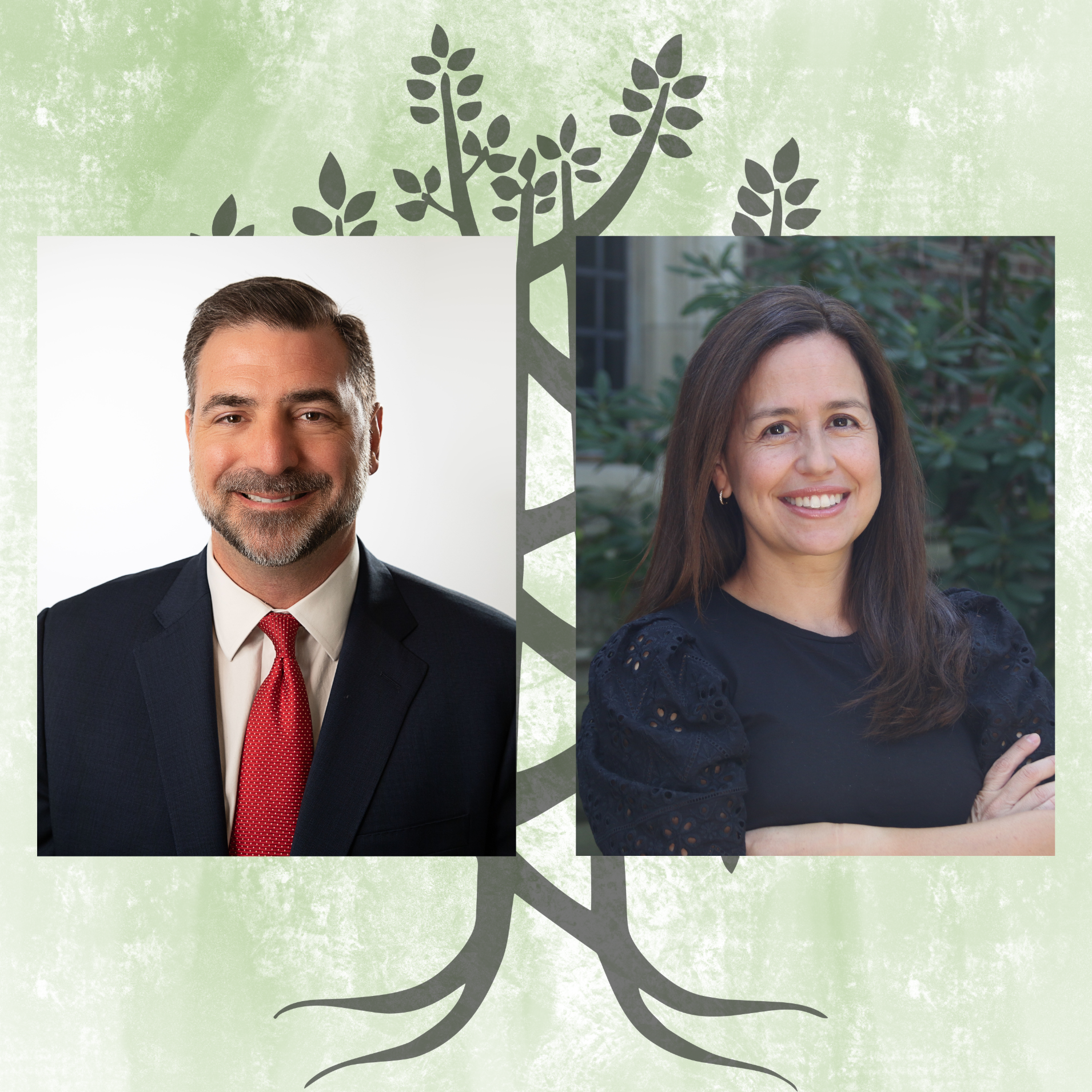
Sidonia (Schwimmer) Natansohn – or Sidi as her friends and family called her – was born in March 1929 in Mukacevo, in what is now Ukraine, and later moved to Kosice, a small city which was annexed by Hungary in the late 30s. An only child, she was by her own admission a bit spoiled – a finicky eater, for example – and led a fairly normal pre-war upbringing with friends and school as big parts of her life.
Though the war began in Poland in 1939, the policy of genocide arrived relatively late in the war to the Jews of Hungary. Hungary was an ally of Nazi Germany, and enacted racial laws and restrictive policies on Jewish participation in the economy; however, it remained independent and (mostly) sovereign. As such, most of the 750,000 Hungarian Jews lived in relative safety into 1944.
And then, it changed.
Germany invaded when Hungary attempted to break their alliance once it was obvious the Nazis were losing the war. Adolf Eichmann arrived in early 1944 to implement the Final Solution on the Jews of Hungary, which he performed with an inhuman, ruthless efficiency. During six weeks that spring 430,000 Hungarian Jews were deported, mostly to Auschwitz.
(To put 430,000 in context – that is equivalent to every man, woman, child and senior living in Newton, Needham, Wellesley, Weston, Natick, Framingham, Waltham, Wayland, Westwood, Dover, Watertown, Dedham, and Sherborn. Every street. Every home. Everyone.)
Sidi was a 15 year old girl in 1944. Though she and her family had heard “rumors” about the atrocities being perpetrated in Nazi-occupied Poland and elsewhere, they were dismissed as being unfounded. (“They just couldn’t be true”, as she later recalled. However, once the occupation of Hungary occurred she witnessed the dispossession of the Jews from nearby towns thereafter considered “cleansed”. Within days, Sidi and her parents were similarly forced out of their home and marched with other Jews before their neighbors to a local brick factory where they lived temporarily in a warehouse, with few of their possessions to remind them of the life they just had. Sidi was hurt to be paraded before her neighbors, whom she went to school with and lived peacefully among all her life, but now were all mostly stoic as this segregation was cruelly implemented.
Within a few weeks, in that spring of 1944, she was among those deported in those waves to Auschwitz, riding in a packed cattle car to an uncertain destination. They arrived to a horrific scene – cries of the deportees, screams of the Nazi guards, guns, dogs, the arrivals forced to march into the camp. The men were separated from the women (Sidi would not reconnect with her father for over a year, once the war was over in 1945).
A Jewish man, working to keep order among the bewildered new arrivals, approached Sidi’s mother, and told her that when she got to the end of the line, to tell the man there that she was 18. When indeed they reached the end and appeared before the infamous Dr. Mengele, and he did in fact ask how old she was, her mother replied “Eighteen”. Mengele stood for a moment considering this answer, and then was momentarily distracted; in that instant, Sidi was pulled by her mother to join the others in the line of people to the right. Those instructor by Mengele to go to the left, they later learned, were immediately sent to the gas chambers.
Life in the barracks, and the scenes of cruelty, depradation, and death that Sidi and her mother witnessed, were too horrific and numerous to relate here. Within a few days, they were moved again to another camp, at Plasow, also in Poland, a workers camp where life for them was marginally better. Their barracks were built above gravestones stolen from a nearby Jewish cemetery. Daily work involved carrying bricks, stones, and digging ditches for soldiers per exacting specifications; their mild act of resistance was to intentionally break the precision demanded of them in that ditch-digging.
As the months dragged on, the Russians steadily advanced. The camp’s residents were evacuated before the approaching Soviet armies, and soon found themselves, horribly, back at Auschwitz, and before Dr Mengele yet again. Miraculously – despite a bandaged head from an ear infection she contracted at Plasow, an injury which should have sent her to the left line, and certain death – Sidi was again directed to the right, with another chance at ultimate survival.
As the Nazi war effort needed more slave labor to sustain it, there were selections of women from the camp at Auschwitz chosen to work in the arms factories in Germany. Sidi was twice rejected for this assignment, but luckily was returned to her barracks after each rejection, rather than the gas chamber which was also a likely outcome of the rejection process. Each time her mother and aunts were selected for the work detail, they snuck away to rejoin Sidi in her barracks. At a third selection review, Sidi managed to hoist herself through the window of those chosen for work detail, sneaking in with the other 500 women in the group. Thus was she able to join her mother, and, in the end, leave Auschwitz for a second time.
She was taken to Germany, to work 12 hour shifts in an airplane factory, again slightly performing small acts of sabotage on the chiseled machine parts meant for the planes. They were moved again by the increasingly desperate Germans as the war’s end seemed certain, this time to Theresienstadt in Czechoslovakia, which was comparatively the best camp they had experienced. After a month, the camp was liberated by the advancing Soviet army. Sidi was 16 years old at that time.
Sidi became so much more than A-21288, the number the Nazis tattooed inside her left elbow. She emigrated to the US, met Sam, raised a family of four, had a career in Real Estate, became a fantastic cook, and was actively involved in the Jewish communities of Massapequa, NY and Sharon, MA. She and Sam often spoke to schoolchildren through Facing History, and at the request of teachers in the Greater Boston area.
Sidi passed away in 2018, at the age of 89, leaving behind her many admirers.
“The will to survive was very strong, and we never, ever gave up.”


